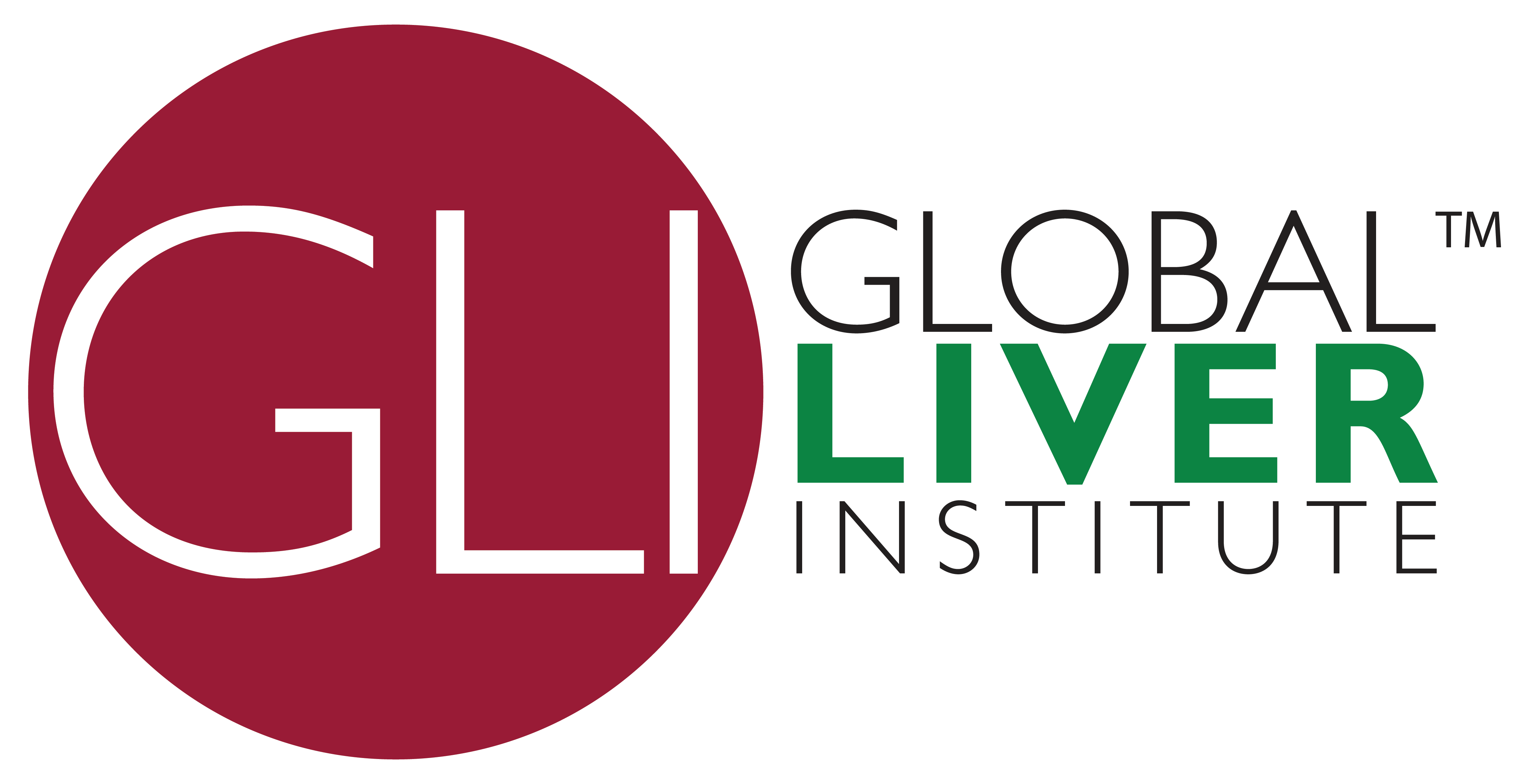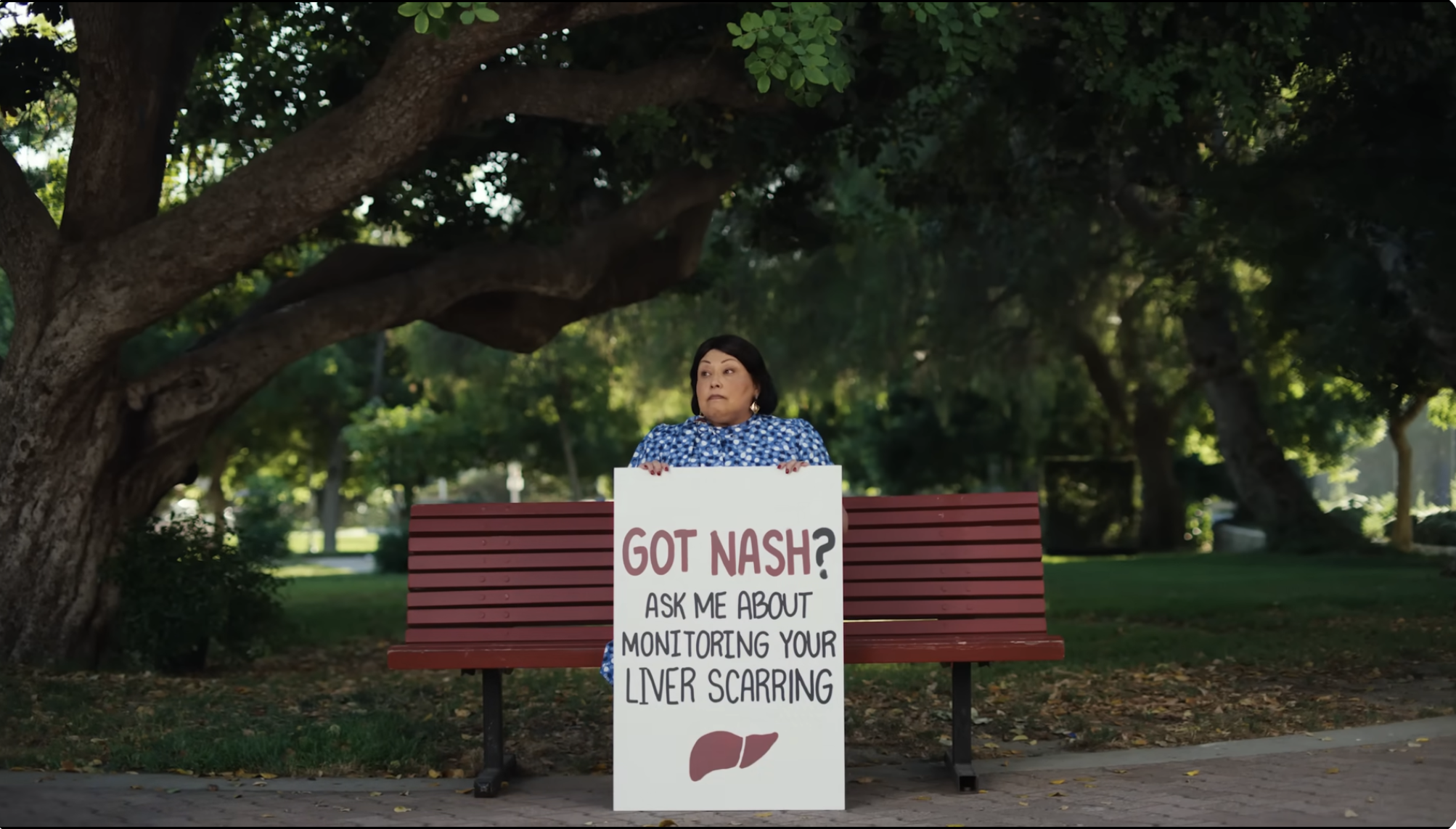
Liver Health Insights, Events, and a Global Challenge
A Note from the Director, Dr. Sharon H. Jaycox
I recently conducted a workshop titled: Advanced Strategies: Navigating Credible Research and Accessing Clinical Trial Opportunities, as part of GLI’s A4, program with a focus on clinical research participation. The workshop provided guidance on patient rights, finding credible trials, and discussing clinical trial participation with healthcare providers.
We were also honored to receive a patient’s perspective on what it was like to be a trial participant.
My overall message to the attendees was that understanding the clinical research purpose and practices is vital for patient care and advocacy. By recognizing the processes, ethical considerations, and strategies for evaluating research, we can contribute to more informed and responsible clinical research practices, thereby bringing vital medications and therapies to the market.
For information on clinical trials visit clinicaltrials.gov; fda.gov; nih.gov

Join GLI’s Global Liver MOVEment!
As we prepare for Global Fatty Liver Day on June 12, we are excited to launch the Global Liver MOVEment, an international challenge to raise awareness about the rising incidence of fatty liver disease. Whether you walk, run, cycle, swim, or stretch, every movement makes a difference!
At Global Liver Institute (GLI), we are committed to improving the lives of those affected by liver disease through awareness, education, and advocacy. By participating, you’re not just moving for your health—you’re standing with us in the fight for better liver health worldwide.
Check out this tutorial video to learn how to register, join a team, and log your distance.
Move with us. Advocate with us. Create change.
For more information, please contact us at GFLD@globalliver.org
Emerging Insights
Associations between cardiometabolic indices and the onset of metabolic dysfunction-associated steatotic liver disease as well as its progression to liver fibrosis: a cohort study.
Researchers found that as cardiometabolic levels, which include BMI, triglyceride, and other factors, increase, the risk for developing metabolic dysfunction-associated steatotic liver disease (MASLD) will also increase.
GLP-1-based therapies for diabetes, obesity, and beyond
Glucagon-like peptide 1 (GLP-1)-based therapies used to treat type 2 diabetes and obesity are now being studied for the use of other comorbid conditions such as substance use disorder, cardiovascular disease, mental health disorders, and metabolic liver disease. The article discusses the use of tirzepatide, a glucose-dependent insulinotropic polypeptide (GIP) and GLP-1 receptor agonist and semaglutide, a GLP-1 receptor agonist.
Consensus guidelines for the diagnosis and management of metabolic dysfunction-associated steatotic liver disease in adult Asian Indians with type 2 diabetes
Type 2 diabetes (T2D) and metabolic dysfunction-associated steatotic liver disease (MASLD) are affecting Asian Indians at an alarming rate. Medical experts in India have released new guidelines tailored specifically for this high-risk population and recommend Asian Indians with T2D undergo screening for MASLD using non-invasive tests. The guidance also provides recommendations for disease treatment and management.
⬇️ Education Resources Available ⬇️
Two new Metabolic Dysfunction-Associated Steatohepatitis (MASH) resources are now available. The Liver Fan Club video underscores the importance of seeking support when faced with a MASH diagnosis. It stresses the crucial step of consulting a doctor and undergoing tests for liver scarring. Additionally, another video, the NASH to MASH video, discusses recent changes in terminology. Learn more at: https://www.numberoneliverfan.com/.
Upcoming Events
- May 7- 10, 2025: EASL Congress, Amsterdam, The Netherlands
- May 22, 2025: Together for Better Liver Health: Strengthening Public Health Responses to Metabolic Disease; a GLI, EASL, and AASLD policy event on the sidelines of the WHA78, Geneva, Switzerland
- July 10, 2025: Fatty Liver Disease Council meeting, for more information please contact fattyliverdisease@globalliver.org


